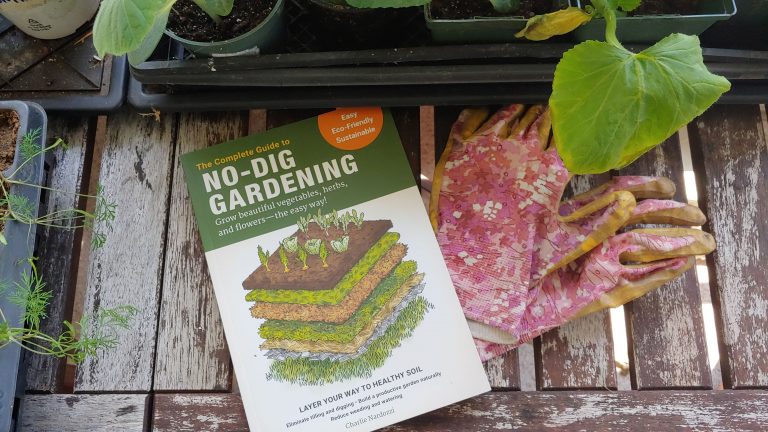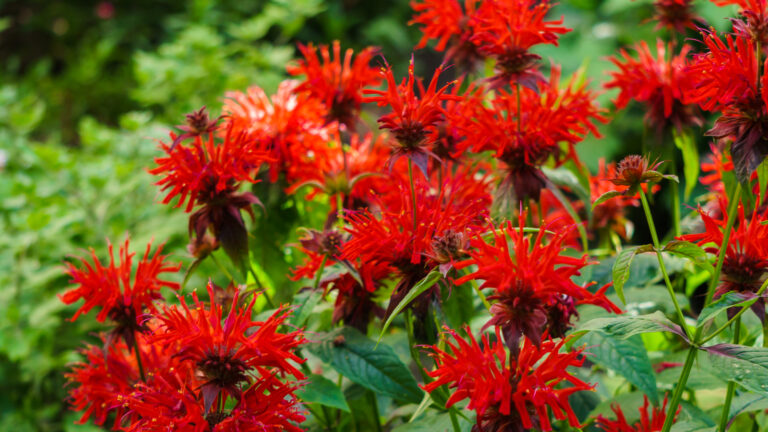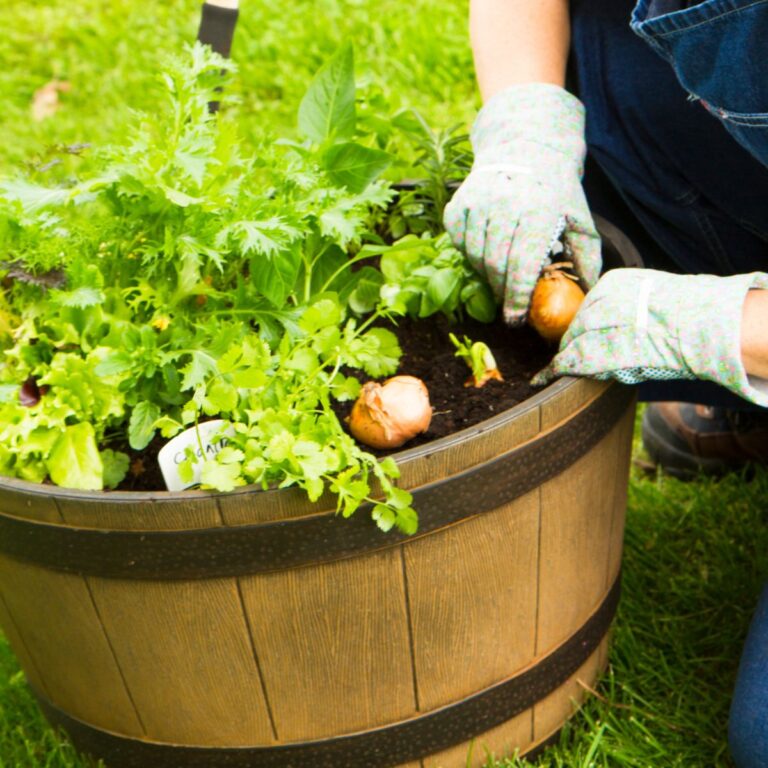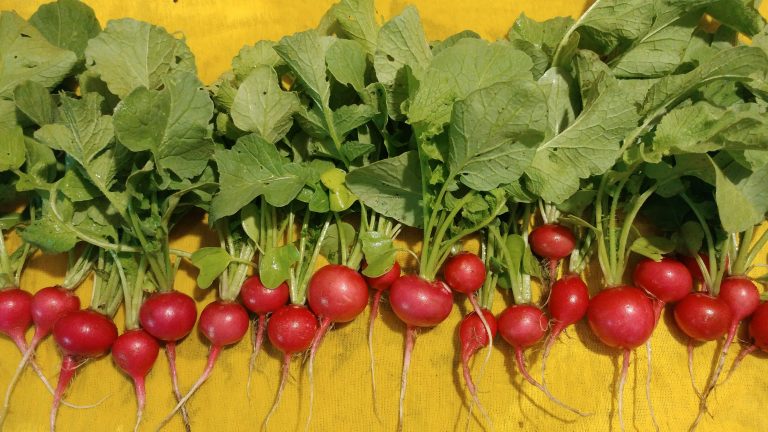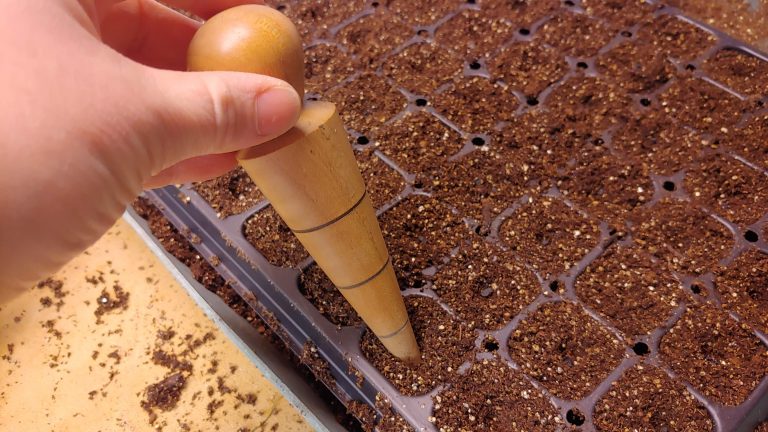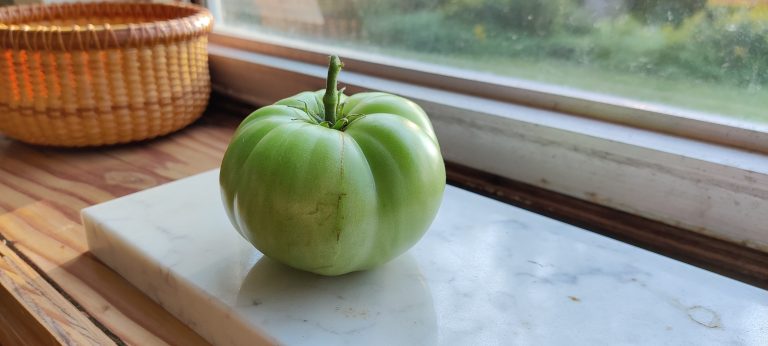This post may contain affiliate links.
Propagation in gardening involves taking a part of an existing plant and using it to grow a new one. While most plants reproduce naturally from seeds, we can expedite the process by propagating plants through cuttings.
A cutting is essentially a piece of a plant that is removed and encouraged to take root, effectively becoming a new plant. The main objective of propagating with cuttings is to produce new plants genetically identical to the parent plant.
Using cuttings for propagation is faster than waiting for seeds to germinate, making it a popular method for many ornamental plants. Among edible plants, herbs are particularly well-suited for this method and tend to yield good results.
So, let’s start the journey and learn how to turn a small cutting into a flourishing herb garden that you and your family can enjoy!
1. Mint (Mentha)

Mint, with its refreshing flavor, is a delightful addition to teas and beverages and enhances the taste of salads and various dishes. This plant makes an excellent model for propagation.
- USDA Growing Zones: 3 to 8
- Propagation Method: Cuttings are best rooted in water
- Sun Requirements: Full sun, can handle partial shade
- Soil Type: Well-drained but moist with a soil pH of 6.0 to 7.0
- Height: Averages from 1 to 3 feet tall
2. Parsley (Petroselinum Crispum)

Parsley is great for homestead gardens. It is a beginner-friendly plant that is more forgiving than other herbs and can grow easily in many conditions.
- USDA Growing Zones: 2 to 11
- Propagation Method: Cutters generally do well in soil
- Sun Requirements: Full sun is ideal for full growth
- Soil Type: Moist soil with a pH of 6.0 to 7.0
- Height: Normal height is around 9 to 12 inches tall
3. Basil

Few herbs are as easily recognized or smell as heavenly as basil plants, so they are popular in home gardens for fresh dish preparations.
- USDA Growing Zones: 4 to 10
- Propagation Method: Easily propagated in water
- Sun Requirements: Full sun to partial shade
- Soil Type: Moist to semi-dry with a pH between 6.0 and 7.0
- Height: Up to 3 feet tall, though usually smaller
4. Rosemary

You can easily propagate rosemary from fresh batches bought at the grocery store.
- USDA Growing Zones: 7 to 10
- Propagation Method: Cutting can root in water or soil
- Sun Requirements: Full sun with maximum daylight exposure
- Soil Type: Tolerable of multiple soil types with pH 6.5 to 7.0
- Height: Max height of 5 feet though usually under 3
5. Dill

Dill is one of the most popular herbs because it is flavorful and very easy to propagate for beginning gardeners and homesteaders.
- USDA Growing Zones: 2 to 11
- Propagation Method: The ideal rooting method is water
- Sun Requirements: Full sun or some morning shade is ok
- Soil Type: Well-draining, rich, pH level of 5.5 to 6.5
- Height: Normal height is around 3 feet tall
6. Oregano

Oregano is quite popular among lovers of Italian cuisine, and can easily be propagated for your gardens.
- USDA Growing Zones: 4 to 10
- Propagation Method: The recommended method is soil
- Sun Requirements: Full to partial sun is ideal
- Soil Type: Moist and organic soil with a pH of 6.5 to 7.0
- Height: Can reach around 1 to 3 feet tall
7. Lavender

Lavender makes a wonderful in teas and other drinks. It can also be used as a natural air freshener for the home.
- USDA Growing Zones: 5 to 10
- Propagation Method: Can be rooted in water or soil
- Sun Requirements: Full sun is ideal for best growth and flowers
- Soil Type: Requires well-drained soil between pH of 6.7 and 7.3
- Height: Normally maxes out at 2 feet tall
8. Sage (Salvia Officinalis)

Culinary sage is a great herb to keep on hand when you want flavor that is unique, surprising, and tantalizing for your homemade dishes. This herb can be easily propagated from cuttings.
- USDA Growing Zones: 5 to 8
- Propagation Method: Roots fine in soil and water
- Sun Requirements: Full sun is the best, can tolerate mild shade
- Soil Type: Sandy or loamy and well-braining soil with a pH of 6.0 to 7.0
- Height: Usually reaches 24 to 36 inches tall
9. Lemon Balm

This versatile herb is a perfect choice for brewing both hot and cold teas. Not only does it offer a soothing remedy for stomach discomforts such as bloating and indigestion, but it also has a calming effect on the mind.
- USDA Growing Zones: 3 to 7
- Propagation Method: Recommended to root in soil
- Sun Requirements: Full sun, partial shade
- Soil Type: Well-drained fertile soil at a pH of 6.5 to 7.0
- Height: Up to 3 feet tall
10. Catnip

Give your feline friends a treat by incorporating catnip in your home herb garden. Catnip makes a great candidate for propagation.
- USDA Growing Zones: 3 to 9
- Propagation Method: Can root well in soil or water
- Sun Requirements: Does best with full sun
- Soil Type: Well-draining soils at a pH between 4.9 and 7.5
- Height: If not cut back it can reach 2 to 3 feet tall
11. Tarragon

Tarragon is known for its earthy flavor and aroma people adore, and it adds a whole new level of flavor to your dishes, especially when fresh from the garden.
- USDA Growing Zones: 4 and higher
- Propagation Method: Does best in soil but can root in water
- Sun Requirements: Partial sun, partial shade
- Soil Type: Moist and light soil with a pH of 6.5 to 7.5
- Height: 2 to 3 feet tall
12. Summer Savory

Though not as famous as other herbs, summer savory offers a less bitter and more peppery flavor profile than its cousin, winter savory.
- USDA Growing Zones: 1 to 11
- Propagation Method: Can root fine in soil and water
- Sun Requirements: Full sun, doesn’t tolerate much shade
- Soil Type: Well-draining, organic matter with a pH of 6.6 to 7.5
- Height: 1 to 2 feet tall

